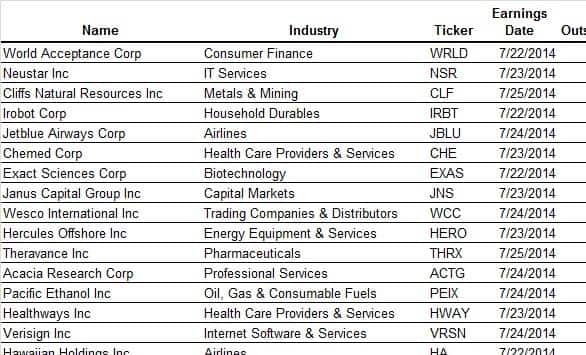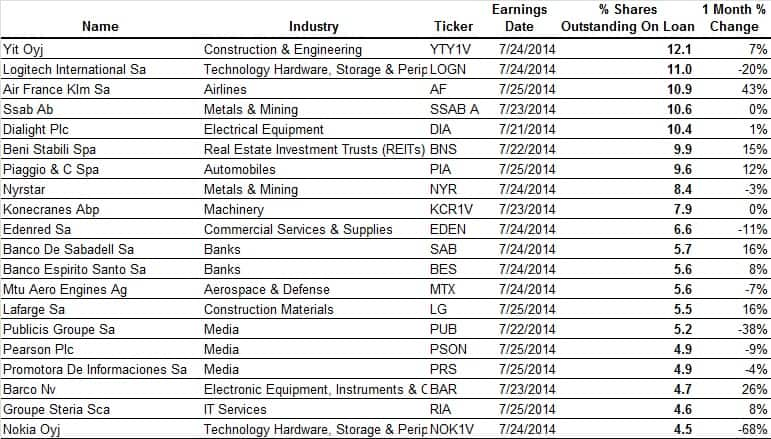Capital redistribution debate

Is a bird in hand worth two in the bush? Today’s look at how investors reward companies which redistribute the most capital to investors seems to indicate that this isn’t always the case.
- Capital redistribution has underperformed over the last 12 months
- Investors have rewarded share buybacks over dividend payments, although buybacks have been less successful in raising share prices since 2011
- Despite an unconvincing track record, ETP investors favour dividend focused investing
What to do with accumulated profits is a question more and more CEOs across the US find themselves lucky enough to ask as earnings continue to grow. While the recent bull market has seen a pickup in headline grabbing strategic M&A activity as firms seek to consolidate after several years of uncertainty, capital redistribution remains a favoured option. Accordingly, both buybacks and dividend payments have surged over the last couple of years according to recent reports by Factset and our dividend research team.
With both the main types of capital redistribution gaining traction, we look to see which of the two has been best rewarded by investors in the last couple of years. The analysis uses the Markit Research Signal Trailing 12 Month Dividend Yield, Total Capital Redistribution and Per cent Change in Shares Outstanding factors across a 98% of US traded shares by market value (see appendix for methodology).
Capital redistribution losing momentum
At high level, it seems that redistributing capital has been rewarded by investors over the last three and a half years, as the 10% of shares that have the most generous capital redistribution strategy have outperformed the rest of the market by 7.9% at latest count. Most of this performance was delivered in the first half of the period as the outperformance peaked in late 2011 and has since remained relatively flat.
As for the reverse side of the capital redistribution spectrum, the companies with the worst redistribution rank have actually underperformed the market by nearly 20% over the last three and a half years. As with their more generous peers, the signal found in this factor has dissipated somewhat over the last 18 months, showing that investors in the current bull market have been less worried about capital redistribution than in the 2010 and 2011 markets.
Investors reward buybacks
By and large, companies with generous buybacks have been better at providing steady returns to their shareholders than the ones with the highest dividend yields, though this was not the case in 2010.

Since 2010, the 10% of companies which bought back the highest number of their shares have outperformed rest of their peers by 10%, while companies with generous dividend yield have only managed to return 1.4% over the overall universe.
Interestingly, high dividend paying shares had a very good run in the first nine months of 2010, when they outperformed the universe average by 20%, only to underperform in the subsequent three years.
Buybacks on the other hand were pretty successful at boosting share prices from the start of 2010 to the end of last year as companies with generous buyback policies saw their shares steadily outperform the market.
As to what causes the recent fall in the capital redistribution signal over the last year, the blame cannot be laid on any redistribution policy as the top ranked firms in both the dividend and buyback sorts have traded roughly in line with the market.
ETP investors still drawn to dividends
Despite a better track record of outperforming the market over the last four years, investors are yet to flock to buyback strategies over dividend ones. This is measured by the fact that funds which track dividend strategies (188) vastly outnumber the two funds which trarget shares with generous buybacks. Asset wise, there are over 50 time the funds tracking dividend strategies than those managed by the two buyback funds with over $100bn following the strategy.
Dividend funs have seen their AUM jump by more than eighfolds since the start of 2010 despite the fact that US shares which don’t pay a dividend (decile 10 in the dividend factor) have largly performed in line with the markte over the last three and a half years.
Appendix: methodology
This analysis is based on the Markit US total cap universe which represents 98% of all us traded shares be market value. The constituents are ranked from 1 to 100 based and with the top ranked shares scoring lowest. We then further group ranked shares by decile groups with a monthly rebalance based on latest available data.
Factors Used:
Total Capital Distribution- the sum of trailing 12-month dividends per share and the estimated trailing 12-month stock repurchased (issued) per share scaled by price.
Percent Change in Shares Outstanding- the percent change in a company's current number of outstanding shares as compared to the number of shares outstanding one year ago.
TTM Dividend Yield- the trailing 12-month dividends per share for a stock divided by its trading price.
S&P Global provides industry-leading data, software and technology platforms and managed services to tackle some of the most difficult challenges in financial markets. We help our customers better understand complicated markets, reduce risk, operate more efficiently and comply with financial regulation.
This article was published by S&P Global Market Intelligence and not by S&P Global Ratings, which is a separately managed division of S&P Global.